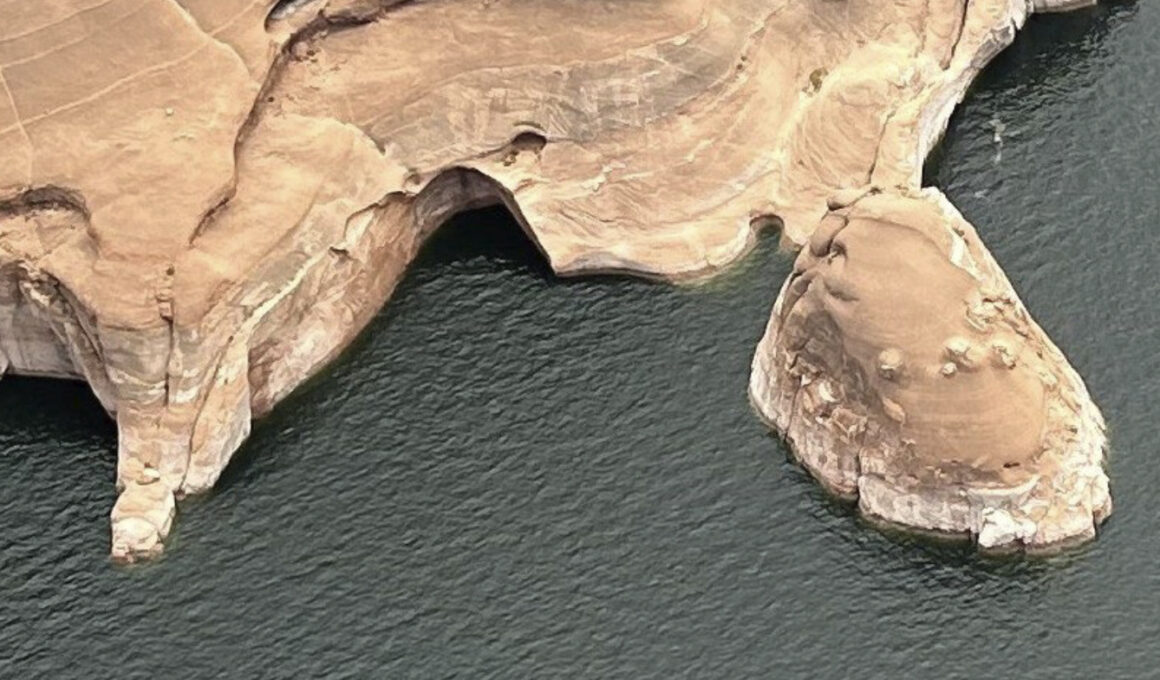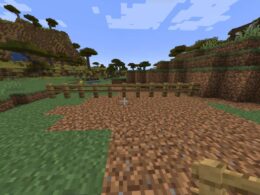The collapse of an iconic rock arch in Utah has raised fears that other notable landmarks will be erased.
On Aug. 8, the “Double Arch,” also known as the “Toilet Bowl,” at Lake Powell in Glen Canyon National Recreation Area collapsed. After the arch succumbed to nature, the question remained, will other arches that make up Utah’s landscape crumble soon as well?
Karen Garthwait, spokesperson for Arches and Canyonlands national parks, told The Associated Press (AP) in an article published on Friday that other arches might be at risk of falling soon and nothing is being done to prevent it.
“Our mission is not to freeze time and preserve these structures exactly as they are,” she said. “Our mission is to preserve the natural processes that create these structures, which of course, is the same process that will eventually undo them as well.”
Regular human foot traffic on the arch and declining water levels in Lake Powell are suspected by park rangers and geologists to have contributed to the collapse of the “Double Arch,” the AP reported. In 2006, park officials made it clear that climbing arches is not allowed.
“Some people have the sense that rock is strong and humans don’t affect it,” said Jeff Moore, a geology and geophysics professor at the University of Utah. “When these kinds of collapse happen, it’s a reminder that arches are really fragile. Subtle changes can make a difference.”
The sandstone bedrock in southern Utah can be sculpted over time by wind, water and gravity, the AP said, citing the Utah Geological Survey.
Moore explained how rock formations are constantly vibrating and that human creations like trains, trucks and helicopters are increasing those vibrations and, in the process, accelerating the growth of cracks in these features.
“This is a really rapid change in the life span of an arch,” Moore said. “Geology moves slowly. Humans have arrived quickly and, in some places, are making dramatic changes in the environment.”
Last year, the Federal Aviation Administration (FAA) placed air restrictions on helicopters flying near Utah’s Rainbow Bridge National Monument, one of the world’s largest natural bridges, to avoid damage caused by vibrations.
Richard Beckman, president of the Natural Arch and Bridge Society, urged people to experience nature’s beauty while they can.
“It’s like losing an old friend,” Beckman said. “I’m sad to see them go, but I’m hurt more by the arches that collapsed that I never saw in person. We don’t know how long they’re going to last, so you have to go appreciate them.”








